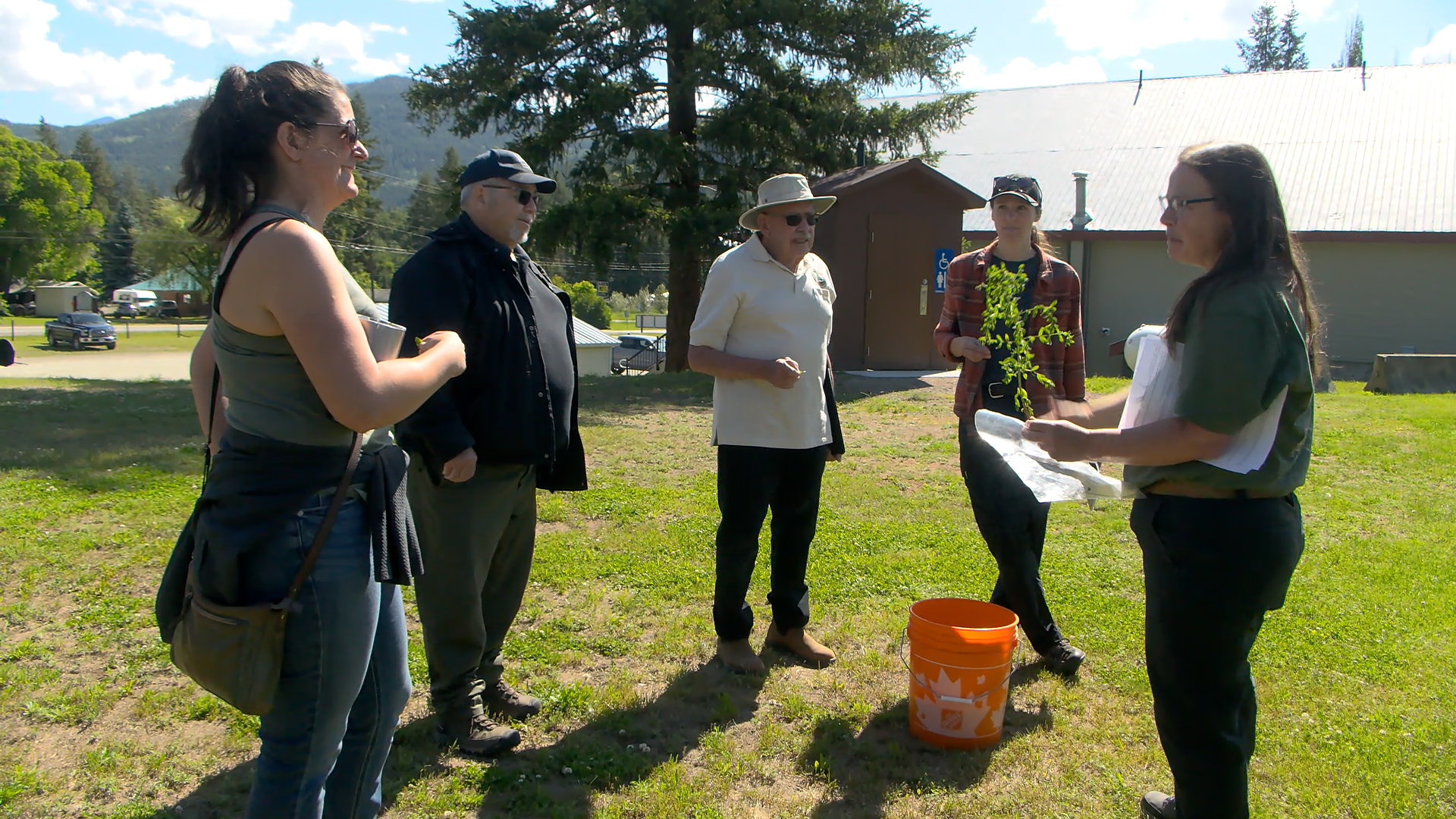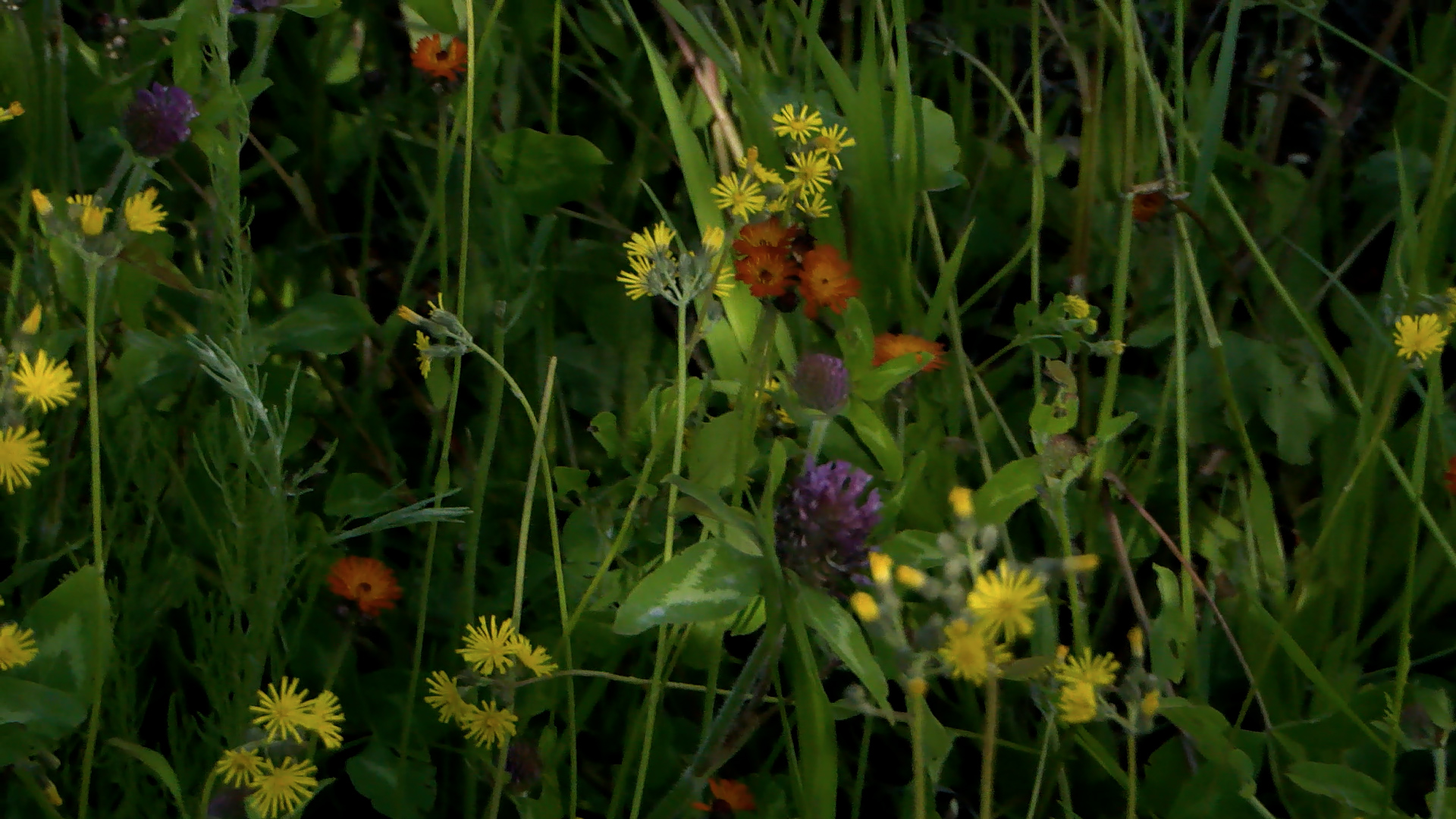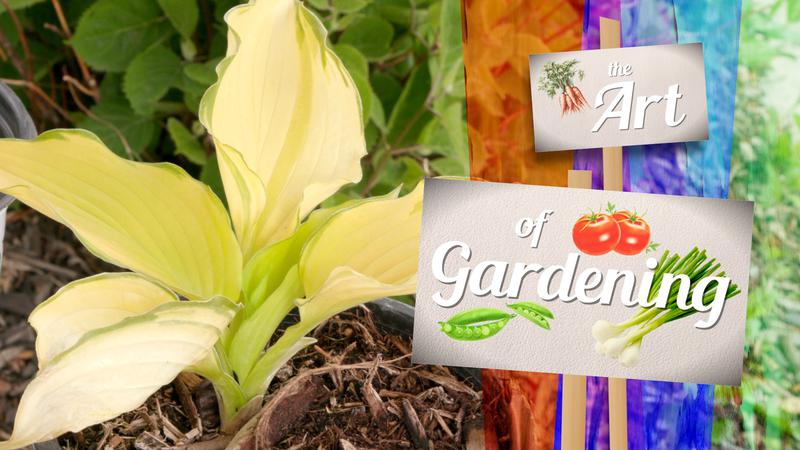
TNRD hosts Invasive Plant Field Day in Little Fort to educate locals
LITTLE FORT, BC — Hawkweed. Sulphur cinquefoil. Hoary cress. What do these plants have in common? They’re all invasive species, on the TNRD’s Thompson-Nicola Invasive Plant Management Committee’s watchlist.
Coleen Hougen likes to start the TNRD Invasive Plant Field Days she facilitates with a little bit of local history. On Thursday (June 20th) in Little Fort, around 30 people were on hand to learn about the invasive plant program and what the regional district is doing to help combat the propagation of certain species of weeds.
“We’re hoping to reach people in the Clearwater, Little Fort and Barriere area because it’s more of a rural population out here and people are struggling with invasive plants,” Hougen tells CFJC Today. “It’s really an education and outreach opportunity for private landowners to come out and learn about these plants and how to manage them on their properties.”




